Mini Lop Vs. Holland Lop
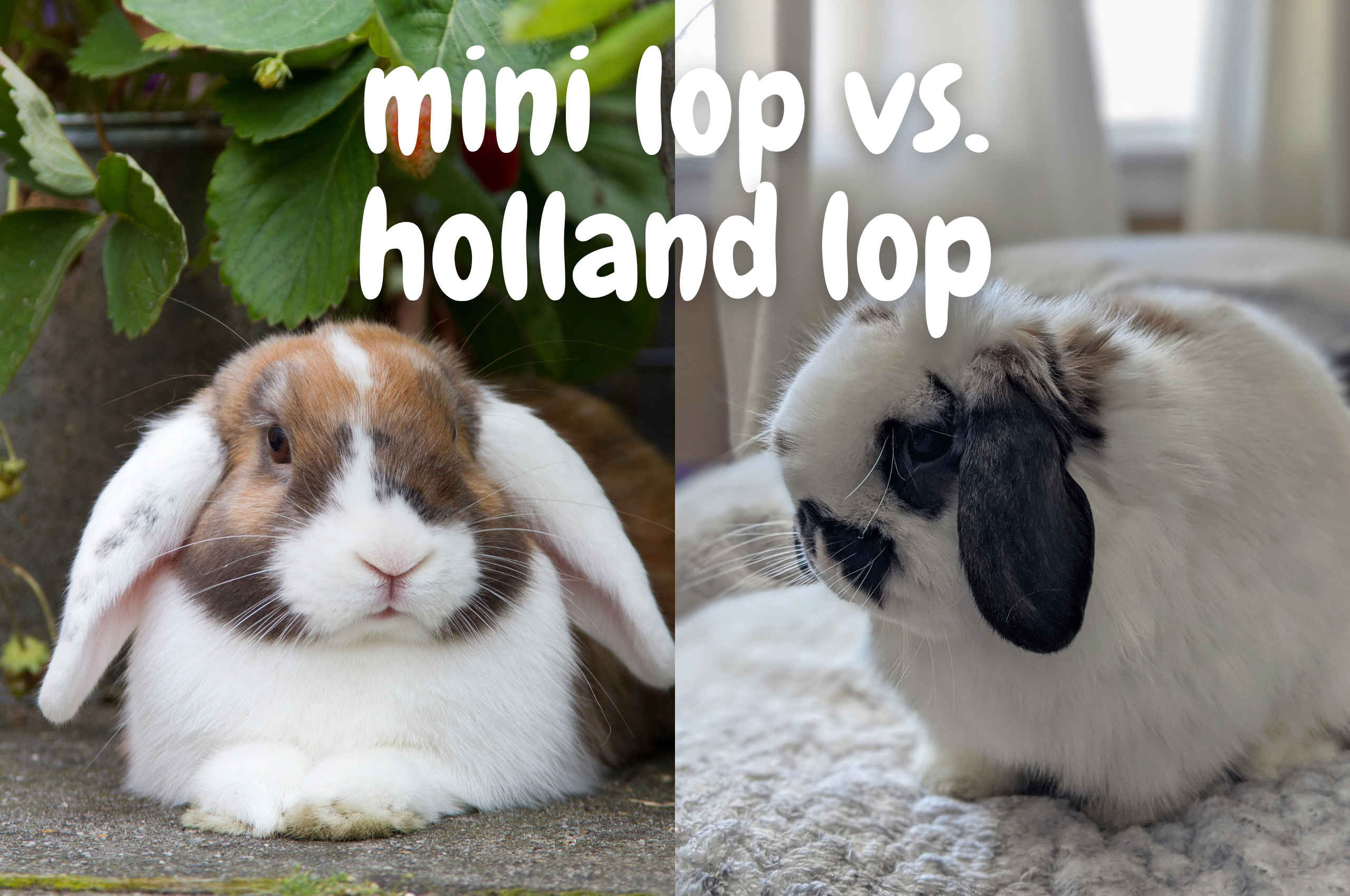
Mini Lops and Holland Lops are two popular domesticated rabbit breeds that share almost as many similarities as differences; however, understanding their notable characteristics can be the difference between a joyful pet experience and one that missed expectations.
Much like humans, rabbits have their own unique identifiers, like personality, body shape, likes, and dislikes. If you are a new bunny owner or considering your first bunny adoption or purchase, familiarizing yourself with the different breeds of rabbits can be overwhelming.
In fact, to the naked eye, a Mini Lop and Holland Lop can look similar, especially in color; however, they both require different living environments, social requirements, and even different kinds of owners, too.

This post contains affiliate links. Affiliate links support Every Bunny Welcome at no additional cost to you. I receive a commission if you choose to make a purchase through these links.
Owning Rabbits
If you are a new rabbit owner, welcome to the wonderful world of bunnies! But there’s a lot to learn… Like any other pet, rabbits also require a lot of attention, love, care, and maintenance. By providing the right environment for your rabbit, you and your family will be rewarded with an adoring pet for many years to come.
The ideal owner for any rabbit is one that has the time and attention to devote to playtime and care. All rabbits are social creatures that crave interaction from their owners and other rabbit companions.
In fact, many owners will purchase multiple rabbits together so they each have a playmate and a companion; however, be aware that selecting a male and female rabbit may yield more rabbits than you are able to care for! Therefore, it’s important to purchase rabbits from a reputable breeder with the knowledge and care to determine the sex of the rabbit.
Generally speaking, rabbits need only a few essentials for a happy and hoppy life with you.
Here are a few necessities for your rabbit:
- Chew toys and other suitable toys to maintain dental health and hygiene.
- Select a rabbit pen instead of a cage to protect their tender feet from the hard cage wires and give them more space.
- Install a shelf or elevated surface for jumping to maintain leg strength.
- Food and water dishes with appropriate food.
- Litter Box cleaned regularly.
- A rabbit-proofed area for play, such as a small room or exercise pen.
What’s the difference?
About the Mini Lop
Mini Lops are most often confused with the British Miniature Lops breed, both very similar. Without splitting rabbit hairs, we will skip the detailed explanation on the differences and focus on the mini lop breed that is more commonly found in the United States.
Very similar to the dwarf rabbit, mini lops are friendly creatures that are full of personality! This breed requires lots of stimulation with regular playtime outside the cage.
Mini Lops can easily be trained to show special behaviors and tricks with a clicker trainer. But don’t forget to reward them with a special treat! Mini Lops have been known to show their frustration when not rewarded with a treat or adequate amounts of playtime by stamping their hind feet.
Think of Mini Lops as the more independent breed of rabbits. Because of their laid-back personality, this breed thrives in a quiet environment with older children as owners. They do not do well with loud noises or the aggressive snuggles of smaller children.
Physical Traits

The main difference between the Mini Lop and Holland Lop is the size. The Mini Lop breed is larger than the Holland Lop and weighs up to 6.5 pounds as an adult, whereas the Holland Lop tops at 2-4 pounds fully grown.
Mini Lops have been referred to as a basketball with a head! Meaning that this breed has a more rounded body, thicker boned, with a wide head. Of course, in true Lop form, they have beautiful, long floppy ears!
The American Rabbit Breeders Association (ARBA) recognizes more than 24 different colors across 7 different color groups. The more recognizable colors include chinchilla, blue, chocolate, silver, fawn, and orange among many more.
About the Holland Lop
The Holland Lop breed is a mix of French Lop and the Netherland Dwarf with a compact body that is thickset. It’s an adorable breed and the most common selection for small children.
Holland Lops are super friendly and gentle, and some owners have even trained them to heel on command! Be sure to reward your superstar rabbit with a rabbit-approved treat or chewy.
This breed is ideal for children nine years or older and requires lots of human interaction and attention. Because of their social nature, out-of-cage time is essential bonding time between rabbit and owner. You should have plenty of time to devote to them on a daily basis.
Typically, Holland Lops have a lifespan of 5-7 years.
Holland Lop Physical Traits

Since the Holland Lop is an adorable combination of a Lop and a Dwarf breed, these rabbits are smaller in size, coming in at about 2-4 pounds as an adult. Just like other Lop breeds, they have long floppy ears that are slightly shorter than the Mini Lop.
Their fur is short, dense, and glossy, and they have a beautiful well-defined crown at the nape of their neck. Their small stature is matched with a broad head.
Much like the Mini Lop, they come in numerous colors such as chestnut, black, blue, lilac, ruby-eyed, cream, tricolored, and more.
Just like selecting any other pet for your family, understanding which breed is best suited for you and your family will guide your expectations and prevent any heartache from disappointment later. With the right attention, love, and care, a rabbit can be a wonderful and loyal addition to your family.
We hope you enjoyed this post! If you did, will you give it a share or two 🙂 Thank you! ~from Every Bunny Welcome



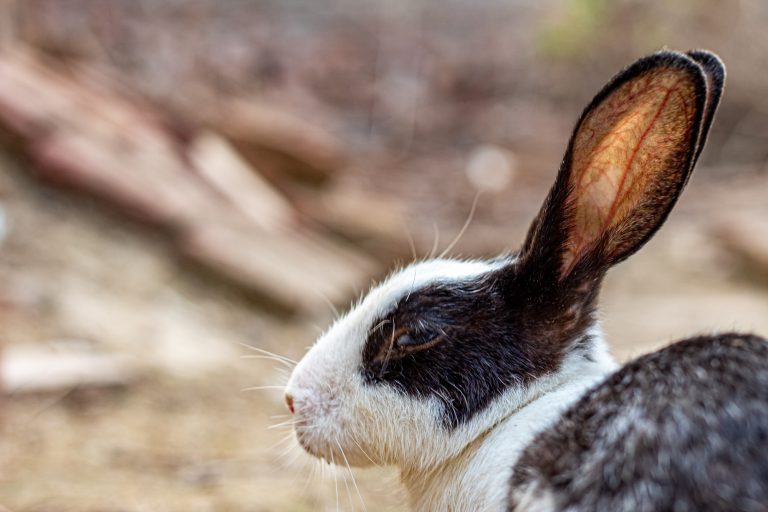
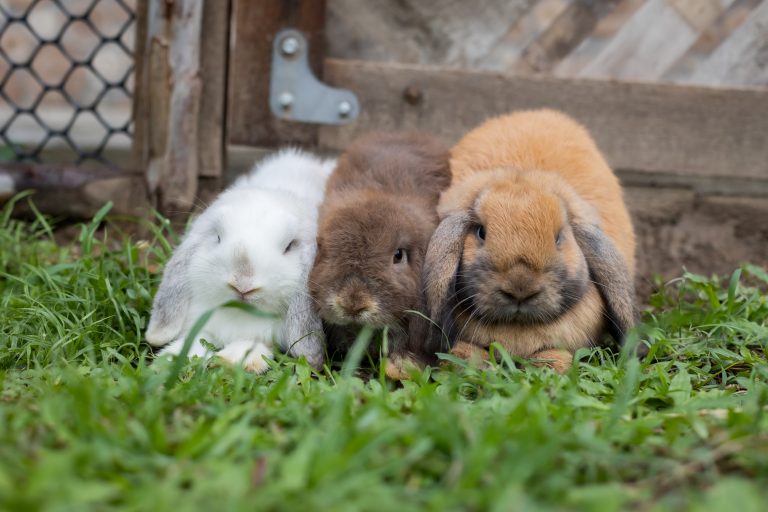
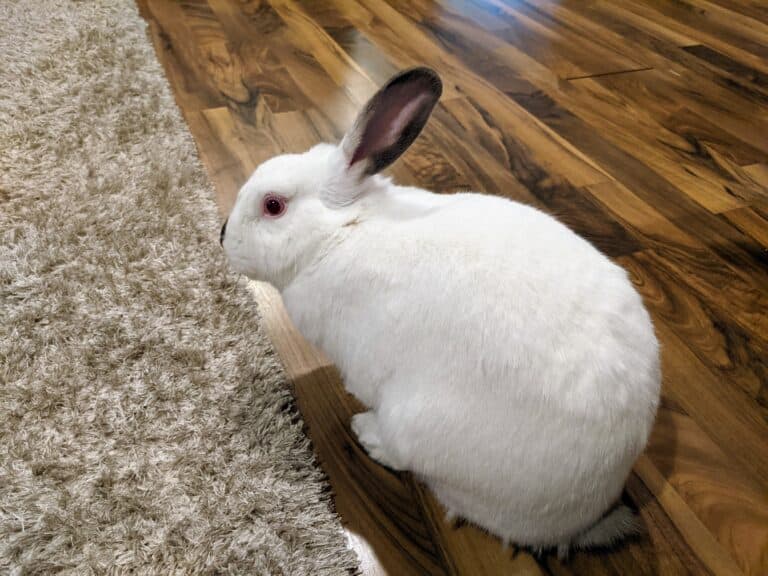
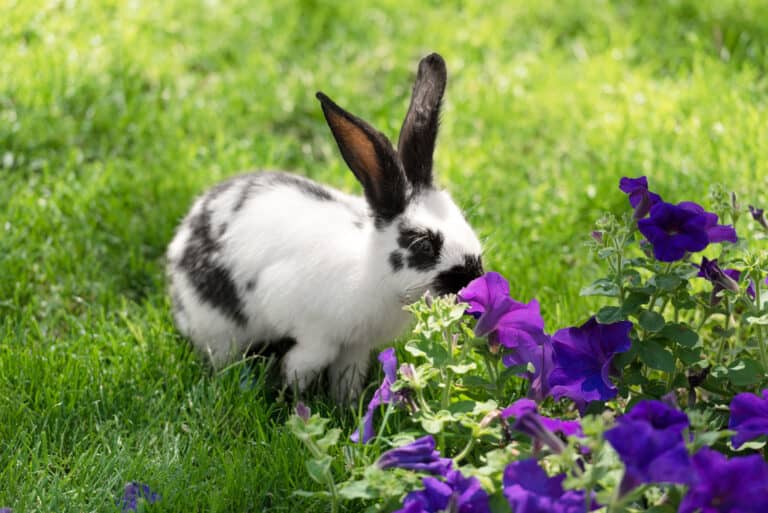
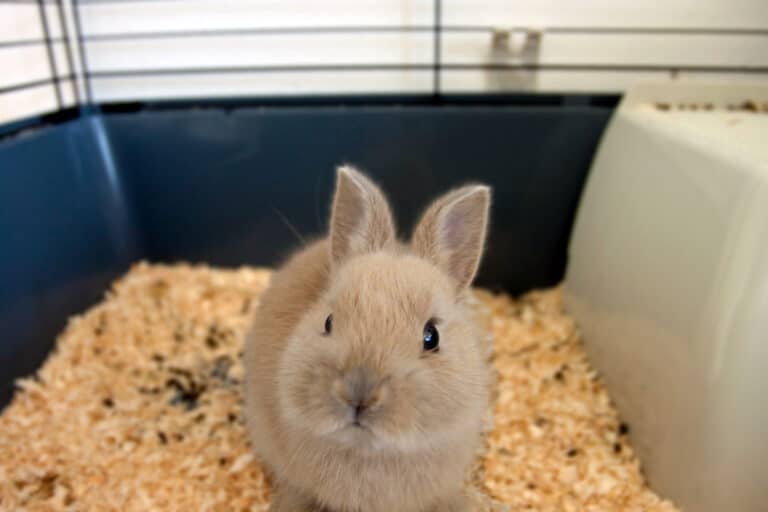
We have 4 Holland Lops and want to build an outside run for warm weather. We’d like an area that is covered so they can get out of the rain, and out of the sun after they have played….my husband is great to build things, as long as he has a picture. Can you give me a website to look at, or give us some ideas, please ?
Hi Linda,
Thanks for asking. Did you see this one? https://everybunnywelcome.com/keeping-rabbits-safe-with-outdoor-housing/ I have some good options here. Biggest thing would be the type of wire you use for enclosing it. That melded mesh wire will work excellent.
Hope this helps!
Christine
Hello my name is Rachael and my two boys 17 and 12 and I are purchasing our first bunny. We found a local breeder and there are a few options for us to choose from. He has polish bunnies, Holland lops, and mini rex. We just ordered our rabbit hutch in a playpen for him to go in and outside in we got a litter box and I picked up some Timothy Hay some rabbit food and I researched vegetables and fruits that we can give the bunny and avoid giving the bunny and things we can give it as a tree and how much it should be eating a fresh vegetables and all that stuff I’ve been researching it for a couple weeks now but my question is which of those bunnies do you think would be the best temperament in an indoor setting I just don’t want to get one that may be more of an aggressive Bunny versus a not aggressive bunny if you could help me out with that that would be great.
Hi Rachael,
Congratulations on the bunny!
So really, as far as breeds go, you’d be in good shape with any of those small breeds for an indoor setting. The key is going to be to start developing trust early on. Take it slow, but pet them often, handle them as much as they allow. Offer healthy treats.
Smaller breeds are great for indoors because of their size, but they do tend to have an aggressive streak. It’s going to be vital to start early and take things slow with him or her.
Let me know if any other questions come up.
Christine